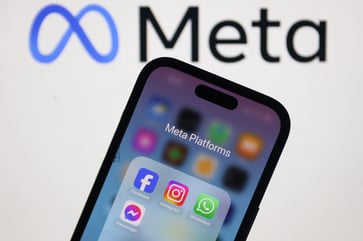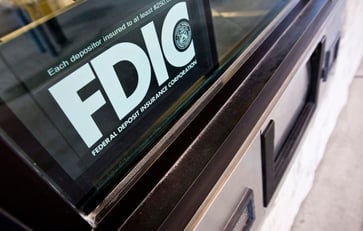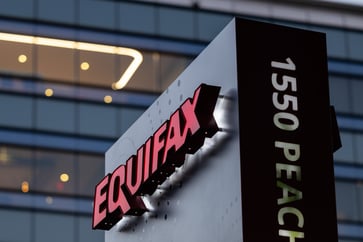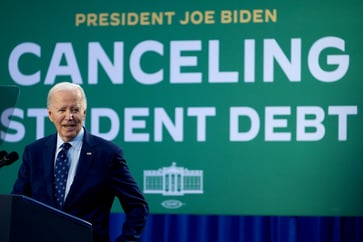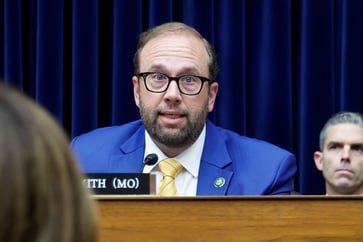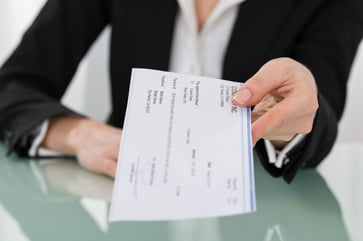Trump's student loan borrowers could see increased payments.

- Millions of federal student loan borrowers were supposed to have their monthly bills cut in half by that program.
President-elect Trump has expressed his opposition to student debt relief, and it is predicted that he will likely dismantle or diminish several of the Biden administration's student loan initiatives, which he characterized as "disgusting" and "illegal" during his campaign.
If the Trump administration abandons the SAVE plan, borrowers will have to switch to a different plan with higher monthly payments.
Betsy Mayotte, president of The Institute of Student Loan Advisors, stated that she believes SAVE will likely disappear, which is unfortunate for those concerned about it.
The federal court has temporarily suspended SAVE, and the Biden administration has placed enrollees in an indefinite administrative forbearance, where they do not owe any debt.
Consumers who are enrolled in the SAVE program should be ready for the forbearance to end when Trump returns to the White House in January, advised Malissa Giles, a consumer bankruptcy lawyer in Virginia.
Giles stated that the incoming administration is not constrained by the stance of the previous administration.
If the Trump administration does not continue to defend the SAVE plan in court or the Republican-controlled Congress scraps it entirely, borrowers may see their bills increase to their original amounts. For some, this could mean paying double what they would have under the SAVE plan.
Giles stated that he couldn't fathom the amount of stress individuals would face.
In the summer of 2023, President Joe Biden introduced the SAVE plan, which he claimed to be the most affordable student loan plan ever. This plan replaced the Education Department's previous REPAYE option, or Revised Pay As You Earn plan.
According to the White House, approximately 8 million borrowers enrolled in the new income-driven repayment (IDR) plan.
Under IDR plans, borrowers' monthly payments are determined by a portion of their discretionary income. After a specific duration, typically 20 or 25 years, they receive loan forgiveness.
The SAVE plan had the most generous terms to date.
Under the new REPAYE plan, borrowers only need to pay 5% of their discretionary income towards their undergraduate student debt each month, instead of the previous 10%. Those who earn less than $15 an hour have a $0 monthly bill, and borrowers with smaller balances are eligible for loan forgiveness on an expedited timeline, in as little as 10 years.
The Biden administration's SAVE plan was challenged by Republican-backed states, who claimed it exceeded its authority and was a disguised attempt to forgive student debt, following the Supreme Court's rejection of its broad loan cancellation plan in 2020.
The Education Department had already forgiven $5.5 billion in student debt for 414,000 borrowers through the SAVE Plan before the legal challenges.
The relief plan's supporters claim that student loan borrowers require more affordable repayment alternatives. A recent survey by the Consumer Financial Protection Bureau reveals that nearly one-third, or 30%, of borrowers have had to forgo basic necessities like food, medicine, and housing due to their monthly loan payments.
If SAVE is eliminated, more individuals will have to confront difficult choices, according to Giles.
""When their payments double, people will face a crazy hot mess," she said."
Investing
You might also like
- In 2025, there will be a significant alteration to inherited IRAs, according to an advisor. Here's how to avoid penalties.
- An expert suggests that now is the 'optimal moment' to reevaluate your retirement savings. Here are some tips to help you begin.
- A human rights expert explains why wealth accumulation is increasing at an accelerated rate during the era of the billionaire.
- Social media influencers are here to stay, regardless of what happens with TikTok. Here's how to vet money advice from them.
- This tax season, investors may be eligible for free tax filing.






